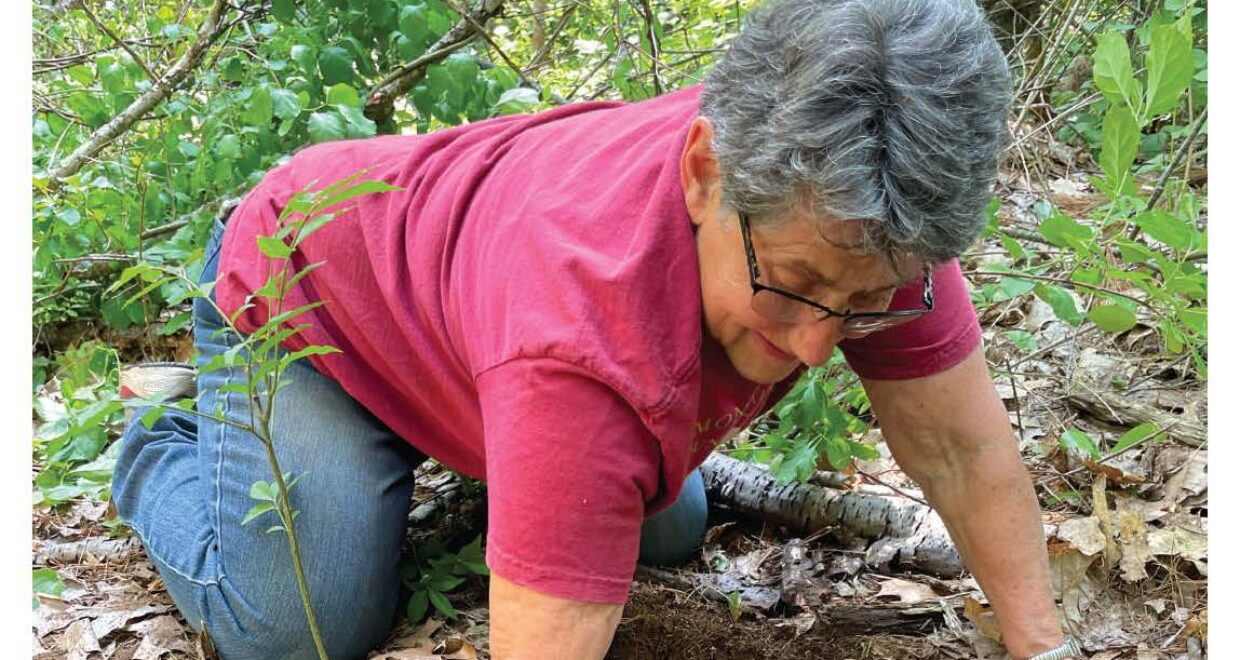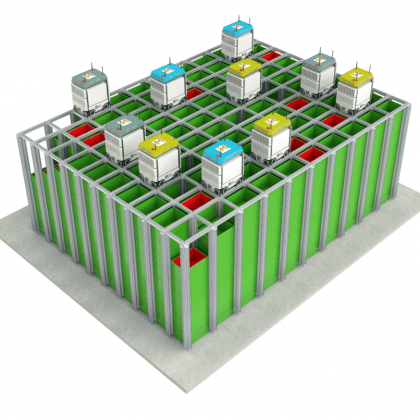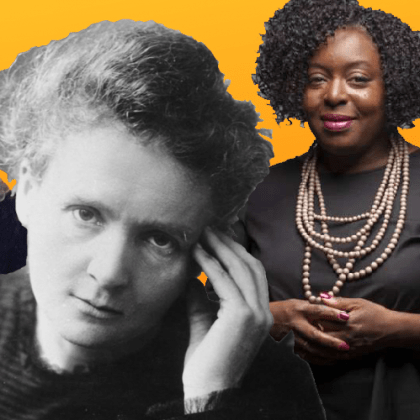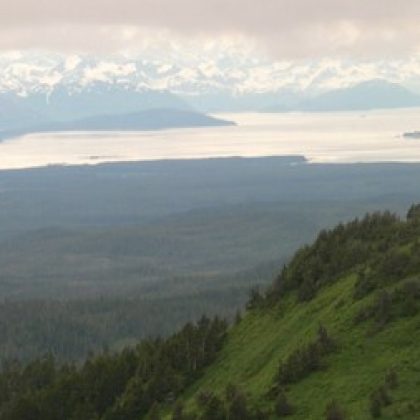What is Community Archaeology’s Value for Our Discipline’s Future?
Research programs that are deeply engaged with, and responsive to, communities require significant investment to build and sustain. Why, then, should archaeologists — often constrained by time and resources–commit to community archaeology?
Reflecting on our own community-engaged Great Bay Archaeological Survey (GBAS), which explores colonial New Hampshire’s Great Bay Estuary/P8bagok (ca. AD 1600–1780), the Meserve Garrison case stood out as a tangible example. I and my co-authors, Diane Fiske and Alyssa Damon, set out to write this paper, Cascade Effects of Community Archaeology, to illustrate how the positive cascade effects of community archaeology we saw in this case — discovering new sites, telling more dynamic stories of the past, and advancing heritage preservation — make the investment worthwhile. What we did not anticipate was that, as this article went to press, archaeology would be facing unprecedented pressures and deep uncertainty. Each of us has experienced and/or heard stories of federal budget cuts, workforce reductions, threats to public lands, research grants abruptly terminated, university cuts and hiring freezes, and crises with the Historic Preservation Fund (HPF) for SHPOs and THPOs. Our own National Endowment for the Humanities (NEH) award, tied to the article we highlight here with this blog post, was administratively terminated. The scale of these losses is daunting.
The discipline’s shift to more public-facing work seems, in light of these recent developments, especially fortuitous, because without public buy-in and support for archaeology, our ability to make the case for our discipline would be much harder. The release of the 2025 HPF funding happened only after a groundswell of people from communities across the country called and wrote their representatives. Who are these people? They are people like the landowner featured in this article who, because of the Great Bay Archaeological Survey’s (GBAS) commitment to high-investment community archaeology, in place, for years, has become deeply invested in preserving a significant 18th century colonial garrison homestead site on his property. They are people like Diane Fiske, a co-author of this paper and this issue’s “cover-girl”, who have become experts in their own right through their participation in community-engaged archaeology projects. Diane has no formal training in archaeology or history, but working with GBAS, where we welcomed community members not just as volunteers but as full team members, she has become an expert who gives talks about our project on her own and now, in her 80s is celebrating this, her first peer-reviewed publication (also check out her historical research for this paper published on tDAR).
The cascade effects we described in our article remain strong reasons to invest in community archaeology. But in the context of this moment, we see another level of cascade effect at play — investing in community archaeology creates networks of people who are willing to advocate for archaeology’s very future. Our profession is too small to sustain itself without additional voices. And we get those voices by working in their communities, by opening up our projects for visits, volunteers, and inviting some to become core team members, by listening to their interests, and by making the case that by having a shared past, we can shape a shared future.
Cascade Effects of Community Archaeology, by Meghan C. L. Howey, Diane J. Fiske and Alyssa R. Damon, is out now open access in the SAA journal Advances in Archaeological Practice.






